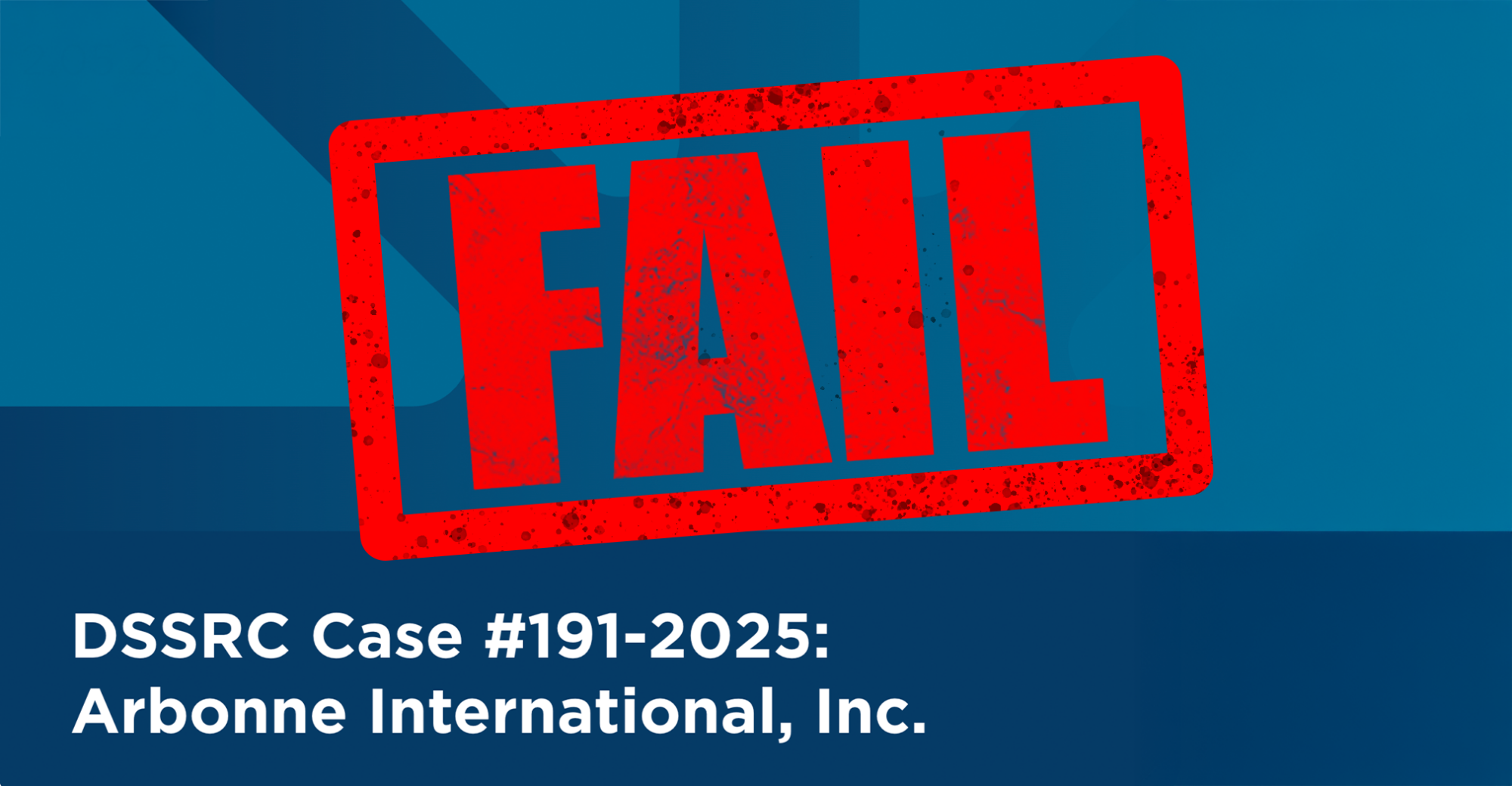
DSSRC’s Arbonne Decision Gets It Wrong
Council blesses MLM’s use of unsubstantiated earnings claims.
Pyramid scheme experts explain how MLM income disclosures can be deceptive.
| Peter Vander Nat, Ph.D. | William Keep, Ph.D.
When Mark Twain popularized “There are three kinds of lies: lies, damned lies and statistics,” he was not referring to MLM income disclosure statements but he may as well have been. Before we look at some specific MLM statements consider this health example: A trial drug is given to ten patients suffering from the same disease. Nine patients die soon after taking the drug and one lives another twenty years. The drug company cannot then report that after taking the trial drug the patients, on average, lived two more years. The “typical” or most probable outcome is, in fact, death soon after taking the drug. Here, a patient’s death is the representative outcome; continued living is not, and averaging the two together is entirely misleading.
MLM Income Disclosures
Unfortunately, we often see a similar misuse of “average” in MLM income disclosures. Consider statements from these three MLM companies:
Neora:
“January 2020, 30.6% of Active US Brand Partners earned cash commissions and 69.4% did not earn any cash commissions. The average annual gross cash earnings of Active US Brand Partners was $1,054.”
Neora reports that more than two-thirds (69.4 percent) earned zero commission, which therefore constitutes the typical result among all Active US Brand Partners. However, reporting a single average of $1,054 obscures the typical earnings of the 30.6% who did earn commissions. There can be little doubt that only a tiny minority of Neora Partners earn very high commissions and that many who earn a commission actually earn very little. The company possesses all the data necessary to provide a complete picture of commissions paid. The data the company choose to disclose obscures the distribution of earnings for a significant portion of participants – a matter that could well be material to a prospective participant’s decision to join (or not).
Beautycounter:
Regarding its participant hierarchy, Beautycounter’s disclosure statement conveys that those with the title of “Consultant” – as lowest title – comprise 82.2% of all participants, had average earnings of $46/month, and the bottom 25% of the category had average earnings of $0. This need not identify all who earned $0. The percentage of those within the Consultant category who earned nothing might be significantly higher; possibly as high as 43%, without rendering a contradiction in the overall disclosed data. Based on the available annual averages, we estimate that participants in the top 50% but below the top 10% earned, on average, no more than $967.50. The typical Consultant in this group would make much less but how much less is impossible to determine. The company presents data that obscures what a typical Consultant made. Overall, we estimate that 90% of all Beautycounter Consultants earned an average of less than $1,000 in commissions.
Primerica:
“From January 1 through December 31, 2019, Primerica paid cash flow to its North American sales force at an average of $6,249, which includes commissions paid on all lines of business to licensed representatives.”
The Primerica income disclosure appears to serve only one purpose, which is to verify that a commission can be earned. By relying simply on the average commission paid, Primerica makes it impossible to calculate, as we did with Beautycounter, some of the lower commission amounts. There can be little doubt that the typical commission paid, i.e., the most representative amount paid to a person in the Primerica sales force, is well below $6,000, before expenses. Many likely make zero and, further incorporating participant expenses, lose money.
When a company reports on a typical outcome they are reporting on a representative experience, thus one that would be more common than not. Section 5(a) of the FTC Act defines income representations as deceptive when:
As recently as August 2020 the FTC stated publicly: “it’s unwise for MLMs to make earnings claims – expressly or by implication – that don’t reflect what typical participants achieve.” Briefly put, MLM income disclosure statements must be representative (i.e., typical) and are deceptive if they materially mislead distributors and prospective distributors.
In Sum
Averages in MLM income disclosure statements are often atypical and, in fact, outliers relative to what most distributors experience. That MLM companies continue to report distributor incomes using averages demonstrates a lack of interest in providing meaningful information to current and future distributors. Recent FTC actions and statements highlight a growing concern for deceptive MLM practices.
Council blesses MLM’s use of unsubstantiated earnings claims.
Exploring the MLM industry’s latest pivot.
Advisory opinion letter raises “serious concerns” with self-reg group’s guidance.


